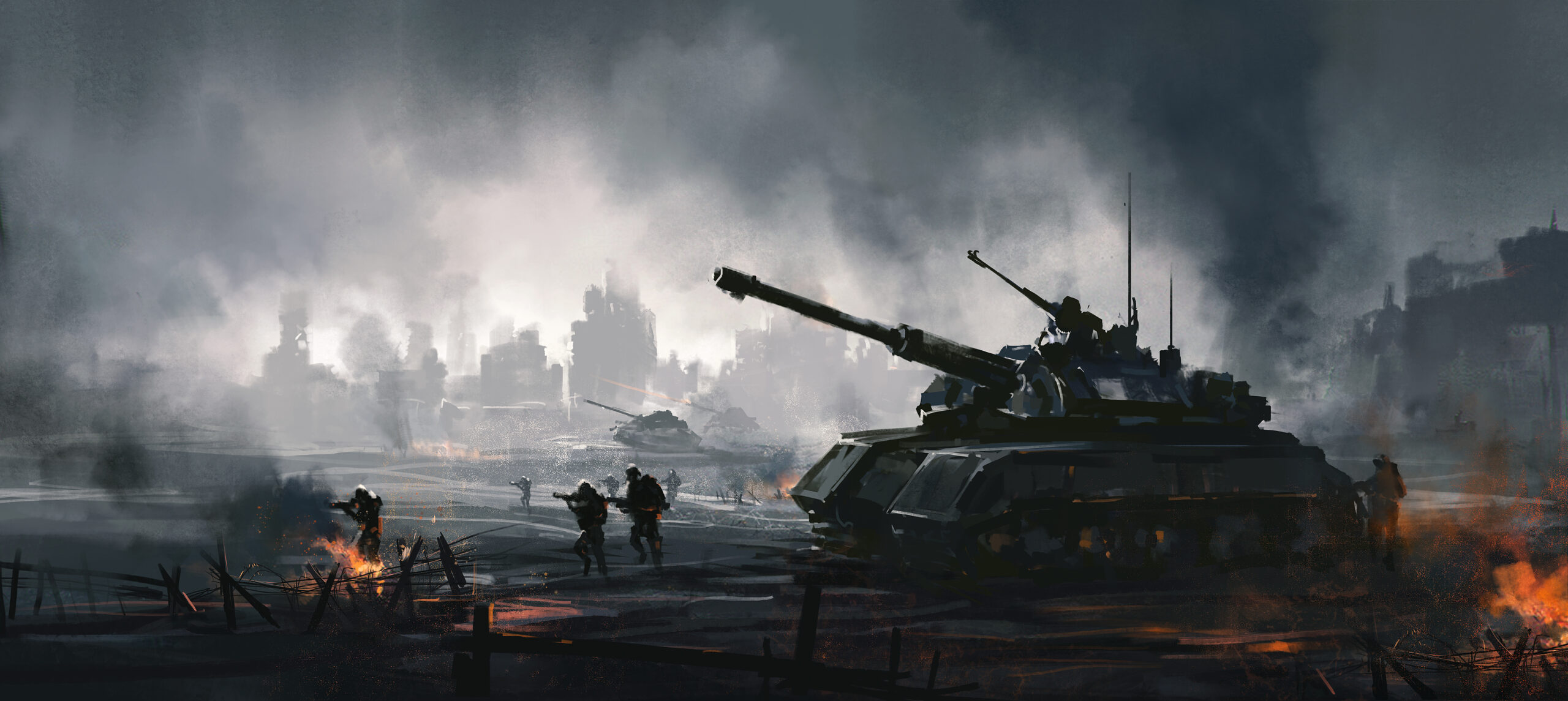Jaisalmer, the golden city of Rajasthan, is a treasure trove of history, architecture, and culture. Visiting during the Desert Festival Jaisalmer Holiday adds an extra layer of enchantment. The vibrant celebrations, camel races, folk music, and cultural performances are complemented by the hustle and bustle of local markets where artisans, traders, and travelers gather to experience the true spirit of Rajasthan.
For travelers planning their trip with Adotrip, exploring these markets is as important as visiting the forts and lakes. These bazaars are where you’ll find handcrafted textiles, jewelry, spices, leather goods, and local snacks – all infused with the desert’s spirit and artistry. Below, we’ve carefully curated a list of must-visit markets during your Desert Festival Jaisalmer Holiday, ensuring you don’t miss any hidden gems.
1. Sadar Bazaar – The Heart of Jaisalmer
No visit to Jaisalmer is complete without wandering through Sadar Bazaar, the main market area located near the fort. During the Desert Festival, Sadar Bazaar transforms into a bustling hub of activity with temporary stalls and tents that offer souvenirs, handicrafts, and traditional attire.
What to Expect:
- Traditional Textiles: Look out for vibrant bandhani and block-printed fabrics, perfect for gifting or keeping as a memory.
- Jewelry: Silver jewelry adorned with turquoise, coral, and semi-precious stones is a hallmark of this market.
- Handcrafted Items: Wooden toys, camel leather bags, and brass artifacts tell the story of the region’s craftsmanship.
- Spices and Dry Fruits: Aromatic spices like saffron, turmeric, and dried fruits are readily available at reasonable prices.
Tips for Visiting:
- Bargaining is part of the culture, so don’t hesitate to negotiate respectfully.
- Visit early morning or late afternoon to avoid crowds and enjoy a leisurely experience.
The market reflects the warmth of the desert people and offers a sensory journey that complements your festival experience. Adotrip recommends taking your time here to chat with artisans and understand the history behind each piece.
2. Manak Chowk – For Authentic Flavors
Manak Chowk, located close to Sadar Bazaar, is a paradise for food lovers. The Desert Festival brings street food stalls to life with traditional dishes that are both spicy and rich in flavor.
Must-Try Items:
- Dal Baati Churma: A quintessential Rajasthani dish made of lentils, baked wheat balls, and sweet crumbled wheat.
- Kachori and Samosas: Served piping hot with chutneys and spiced fillings.
- Jalebi: Deep-fried spirals soaked in sugar syrup – a festival favorite.
- Local Beverages: Buttermilk, lassi, and herbal teas are perfect for cooling down in the desert heat.
Unique Finds:
- Handmade sweets using jaggery, ghee, and local nuts.
- Organic pickles that capture the flavors of Rajasthan’s arid landscape.
Manak Chowk is not just a place to eat but an experience where you witness local chefs preparing food in traditional ways, often with clay ovens and brass utensils. Exploring this area during your Desert Festival Jaisalmer Holiday gives you a glimpse into the culinary artistry of the region.
3. Bhatia Bazaar – Craftsmanship at Its Best
If you’re on the lookout for authentic handicrafts, Bhatia Bazaar is the place to go. It’s a quieter market compared to Sadar Bazaar but filled with treasures waiting to be discovered.
Highlights:
- Handwoven Carpets: The patterns reflect desert motifs and are perfect for home decor.
- Leather Artifacts: From mojari (traditional footwear) to belts and wallets, camel leather products here are durable and artistic.
- Paintings: Miniature paintings depicting desert landscapes and folk tales are available in small galleries and stalls.
- Embroidery: Beautifully embroidered fabrics and scarves that showcase regional techniques like gota patti work.
Visiting Bhatia Bazaar allows you to interact with local artisans, many of whom still practice age-old techniques passed down through generations. Adotrip advises travelers to carry small denominations of cash, as many stalls may not accept digital payments.
4. Patwon Ki Haveli Market – Architecture Meets Commerce
Patwon Ki Haveli, known for its architectural beauty, is also surrounded by bustling shops offering Rajasthani art and crafts. Exploring this market during the Desert Festival is like stepping into a heritage zone where history and modern trade coalesce.
Key Attractions:
- Stone Carvings: Delicate carvings on sandstone, often depicting mythological motifs.
- Antique Shops: Discover artifacts, old coins, and artifacts that narrate the royal history of the city.
- Handcrafted Silverware: Elegant utensils and jewelry pieces crafted by expert artisans.
This market is ideal for those who appreciate heritage combined with shopping. The intricate architecture of Patwon Ki Haveli adds to the allure, making every transaction feel like a cultural exchange.
5. Nathmal Ji Ki Haveli Lane – Narrow Streets, Big Discoveries
For travelers who love exploring offbeat lanes, Nathmal Ji Ki Haveli lane offers quirky shops, cafes, and artisan stalls. It’s a less commercialized area, perfect for finding unique gifts and interacting with locals.
What’s Special:
- Local Fabrics: Look for raw cotton and woolen blends that are perfect for cooler desert nights.
- Handmade Jewelry: Small shops offer bespoke jewelry made by local goldsmiths and silversmiths.
- Desert Essentials: Sunscreen oils, herbal remedies, and woven baskets used by desert dwellers.
This lane captures the spirit of everyday life in Jaisalmer, away from the touristy hustle, making it a must-visit during your Desert Festival Jaisalmer Holiday for a more intimate experience.
6. The Camel Cart Market – Temporary but Magical
During the Desert Festival, temporary stalls set up around cultural performance areas and camel fairs create what locals fondly call the Camel Cart Market. Here, traders from nearby villages bring in crafts, produce, and textiles.
Features:
- Local Handicrafts: Clay pots, handmade jewelry, and wooden sculptures.
- Farm Produce: Spices, grains, and dried fruits sourced from nearby regions.
- Live Demonstrations: Artisans showcase their skills in pottery, weaving, and metalwork.
The Camel Cart Market is an ever-changing landscape of culture and commerce, where you’ll get a sense of the desert’s rural heartbeat. It’s a must-see for those wanting to explore the deeper traditions of Rajasthan.
7. Rajasthan Handicraft Emporium – Curated Collections
For those who prefer curated shopping experiences, the Rajasthan Handicraft Emporium offers quality-assured products in a more organized setting. It’s ideal for buying souvenirs that are certified and fairly priced.
Highlights:
- Textiles, jewelry, and pottery sourced from across the state.
- Local artisans represented through government and cooperative programs.
- Authentic packaging and fair trade products.
Shopping here is hassle-free and suitable for travelers who want to take home mementos without worrying about authenticity or bargaining.
Shopping Tips for Your Desert Festival Jaisalmer Holiday
- Bargaining: While bargaining is expected, always do it politely. Smile and appreciate the work before negotiating.
- Cash: Carry sufficient cash, preferably in smaller denominations, as some stalls may not accept digital payments.
- Timing: Early morning and late afternoon are best to avoid crowds and enjoy a relaxed shopping experience.
- Local Etiquette: Dress modestly and be mindful when photographing people or their crafts.
- Transport: Many markets are within walking distance, but local rickshaws are available for longer distances.
- Sustainable Shopping: Support artisans directly, and choose handmade products over mass-produced souvenirs.
Why Explore Local Markets During the Desert Festival?
Shopping in local markets during the Desert Festival Jaisalmer Holiday is more than just a consumer experience – it’s a way to connect with the people, culture, and traditions of the Thar Desert. The colors, scents, and stories encapsulate centuries of heritage, craftsmanship, and resilience.
With Adotrip’s guidance, you can explore these markets not just as a tourist but as a curious traveler, eager to learn and immerse yourself in local life. Every purchase you make supports local artisans, preserving traditional crafts and ensuring that future generations can continue to share this legacy.
Final Thoughts
The markets of Jaisalmer are as much a highlight of the Desert Festival as the music, dance, and desert adventures. From the bustling streets of Sadar Bazaar to the hidden gems in Nathmal Ji’s lane, every corner has something unique to offer.
Your Desert Festival Jaisalmer Holiday should not be limited to sightseeing alone. Step into these vibrant markets, savor the flavors, admire the crafts, and let the desert’s warmth and hospitality make your journey unforgettable. Whether you’re a seasoned traveler or exploring Rajasthan for the first time, Adotrip ensures that every moment is enriching, adventurous, and culturally rewarding.
Frequently Asked Questions (FAQ)
1. What are the best local markets to visit during a Desert Festival Jaisalmer Holiday?
During a Desert Festival Jaisalmer Holiday, some of the best markets to explore are Sadar Bazaar, Manak Chowk, Bhatia Bazaar, Patwon Ki Haveli Market, Nathmal Ji Ki Haveli Lane, and the Camel Cart Market. These markets offer a range of handicrafts, spices, jewelry, and local delicacies that give you an authentic experience of Rajasthan’s culture.
2. Why should I visit local markets while on a Desert Festival Jaisalmer Holiday?
Visiting local markets allows you to experience the vibrant culture, meet artisans, taste traditional foods, and buy handcrafted products that reflect the desert’s history and artistry. It’s a great way to support local communities while making your trip more immersive.
3. Can I bargain in the markets during the Desert Festival?
Yes, bargaining is a common practice in many local markets like Sadar Bazaar and Bhatia Bazaar. It’s important to negotiate politely and appreciate the craftsmanship before making an offer. A friendly approach will often lead to better deals.
4. Are the markets safe for tourists during the festival?
Absolutely. The markets are well-frequented by locals and tourists alike. However, as with any crowded area, it’s recommended to keep your belongings safe, avoid carrying large amounts of cash, and be cautious with personal items.
5. What types of products can I buy in these markets?
You can find a wide variety of products including:
- Traditional textiles like bandhani and block prints
- Handcrafted jewelry, especially silver pieces
- Spices, pickles, and dry fruits
- Leather goods, carpets, and home decor items
- Local sweets and snacks
- Herbal oils and desert remedies
Each product reflects the desert lifestyle and craftsmanship.
6. Are digital payments accepted in these markets?
While some shops accept UPI or card payments, many vendors, especially in smaller or temporary markets like the Camel Cart Market, prefer cash transactions. It’s advisable to carry sufficient cash in smaller denominations when shopping.
7. Is it suitable for family travel?
Yes, these markets are family-friendly. Kids will enjoy the colorful stalls, local toys, and food, while adults can explore the crafts and heritage. Just keep an eye on children in crowded areas.
8. When is the best time to visit the markets during the Desert Festival?
Early mornings and late afternoons are ideal for exploring the markets. The desert heat is less intense during these times, and you can avoid crowds while enjoying a relaxed shopping experience.
9. Can I buy souvenirs in these markets to take home?
Yes! These markets are the perfect place to buy souvenirs such as textiles, jewelry, pottery, and handcrafted items. Many of these are made using traditional techniques that make them unique and meaningful keepsakes.
10. How can I make my market experience more sustainable?
You can make sustainable choices by:
- Buying directly from artisans to support local communities
- Avoiding mass-produced or plastic products
- Choosing eco-friendly packaging when possible
- Respecting local customs and minimizing waste during shopping trips
11. Is it safe to take photographs in the markets?
Yes, but it’s courteous to ask vendors or locals before photographing them or their crafts. Many artisans are happy to share their work but appreciate being asked for permission.
12. Can I find authentic Rajasthani food in these markets?
Definitely. Markets like Manak Chowk and Sadar Bazaar offer authentic Rajasthani dishes such as dal baati churma, kachori, jalebi, and buttermilk. Street vendors prepare food using traditional recipes and fresh ingredients.
13. How long should I spend exploring the markets?
Depending on your interests, you can spend anywhere from 2 to 5 hours exploring the markets. If you want a deeper experience, interacting with artisans, sampling food, and leisurely shopping may take an entire day.
14. Are these markets accessible for travelers with mobility issues?
While major markets like Sadar Bazaar are relatively accessible, some narrow lanes such as Nathmal Ji’s Haveli may be challenging due to uneven surfaces and crowd density. It’s advisable to plan accordingly or seek assistance when needed.
15. How can Adotrip help me explore the markets during my Desert Festival Jaisalmer Holiday?
Adotrip provides expert travel guidance, curated itineraries, and insider tips to ensure you experience the best of Jaisalmer’s markets. From suggesting authentic shopping spots to helping with local transport and cultural etiquette, Adotrip makes your trip smooth and memorable.






